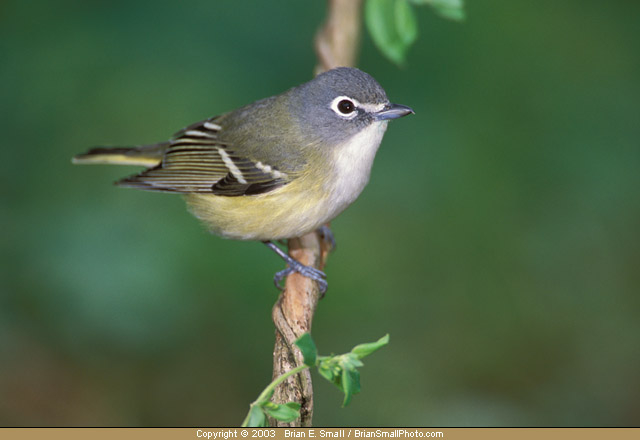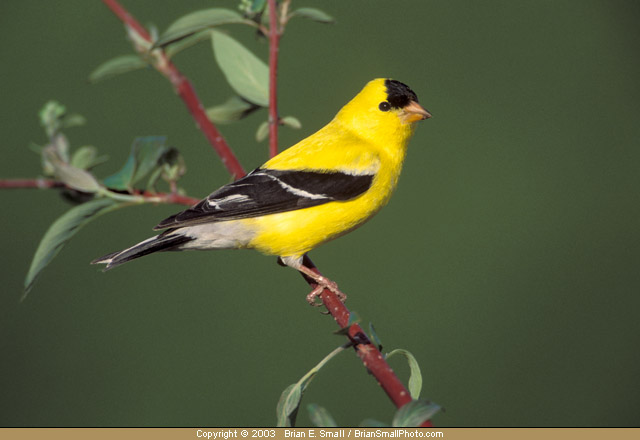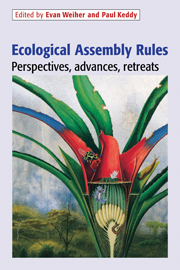Scaling the North Face and Thumbing Down the Highway
4.29.2006, 900-1145 am
Skunk Cabbage Hollow -> Wallingford Rd. Bridge -> Garden Ruins and Highway
This was another day largely devoted more towards exploring than to birding. The South Crum was relatively quiet, with a possible Eastern Kingbird being the only sighting of merit. In addition, I emerged into the clearing at Hollow Point to find myself staring at two Wood Ducks on a log floating in the creek. With the lighting, the male looked completely black, but with the white chinstrap and dark red eyes. Wood Ducks are incredibly striking even without their colors. The ducks and I stared at each other for about two seconds until the ducks burst into flight screaming.
As I walked the rest of the length of the Crum up to Upper Wister Draw, through the Wister, and up to the Wallingford Rd. Bridge, it became apparent that this was going be a very slow day of birding, and probably not really worth the energy. The North Crum was almost completely silent, with only a few twittering goldfinches, and swallows silently swooping around the bridge. By far the most exciting observation on this entire walk was the sight of 5 freshwater fish attempting to swim their way upstream in some of the shallow rapids just below the bridge. I'm working on an ID as we speak, but it was quite interesting to watch. Not as gripping and dramatic as salmon leaping up waterfalls, but still pretty nifty.
With the birding a lost cause then, I went to explore the opposite shore. I managed to find an amazingly flat fallen log at Wister bend that perfectly spanned the creek. Once on the opposite shore however, I found that there was no way I could simply walk along the creekside, as much of the opposite shore was made up of extremely steep slopes. Somehow, I managed to claw my way up a large rock formation, and onto a hairline path near the top of the hill, which was pretty exhilirating. I took some photos that I hoped would show the steepness of the slope, but they didn't turn out to be especially impressive, so I won't post them, haha.
The small path eventually connected with the much broader trail that is visible from the middle Crum, and so I strolled down towards the railroad bridge. This stretch of trail actually looked like it had the potential to be extremely productive; it reminded me very heavily of Yates Millpond and other areas back in NC, so I will definitely be investigating it more in the future. But today, it was just as quiet as the rest of the Crum, so I moved on to the oxbow swamp, which was similarly silent.
On the way up to the garden ruins however, I suddenly noticed a bright yellow bird flitting around near the ground. I knew what it was before I'd even raised my binoculars, as it's one of the most distinctive birds in the East.
 Hooded Warbler, male. For many years, it was my Nemesis Bird, as I had heard it singing numerous times at several locations around NC, but for some reason had never managed to actually obtain a look, as they were always extremely secretive and hiding in dense foliage. I've now come across Hooded Warblers on three ocassions in the Crum, with great looks every time. Photo by Steve Mahurin
Hooded Warbler, male. For many years, it was my Nemesis Bird, as I had heard it singing numerous times at several locations around NC, but for some reason had never managed to actually obtain a look, as they were always extremely secretive and hiding in dense foliage. I've now come across Hooded Warblers on three ocassions in the Crum, with great looks every time. Photo by Steve MahurinThe Ruins were far less impressive to me than they were yesterday; for some reason I'd remembered them being much larger. Andrew Frampton and Micaela Baranello informed me that the ruins were never actually the part of a larger structure, but were originally intended to look like ruins. The Crum Stewardship report indicates that they are the remnants of an abandoned water garden, which I can definitely picture. Also, it turns out that the ruins aren't much of a secret after all, a few of the people that I excitedly babbled to somehow already knew about it. In any case, I took a few photos, then headed back out to the highway. This time, instead of swallows, I was rewarded with stunning views of my first Broad-winged Hawk, a beautiful adult with the clear black border on the wings, the banded tail, and all the other characteristic field marks.
For some reason, I felt an urge to walk south to see how things looked. Amazingly, the path soon began to border a retention pond filled with goldfish and koi, right next to the highway! On the way back, I also saw two snakes swimming in the pond as well. I was hoping for kingfishers or herons or ducks, but no dice, I seem to always expect those near any body of water. The trail then ran into a small creek (not the Crum), then careened underneath a highway bridge before terminating at a gravel parking lot. Some of this habitat looked very good, except that they were right next to a highway, and are probably filled with House Sparrows and the like. Regardless, it was fun to spend a morning exploring this side of the Crum.
- 1 Hooded Warbler - male, under Garden Ruins, not singing, but flitting around near the ground and by a fallen log. Really doesn't seem like its typical habitat at all, as very little low vegetation exists on that slope.
- 1 Broad-winged Hawk - adult, soaring over the highway
- 1 Eastern Kingbird - possibly spotted at the floodplain stretch, but good looks weren't obtained. It was obviously a medium-sized bird with black upperparts with white underparts. I may have seen a white-tipped tail. I'm fairly sure that this was a kingbird.
- 2 Wood Duck - pair at Hollow Point.
- 1 Northern Rough-winged Swallow - retention pond
- 1 Gray Catbird - retention pond, looking worried about the snakes
Labels: adventures, birds
 Black-throated Green Warbler, male. One of my most sought-after birds in the Crum, as I never see them in NC, and I think they're pretty cool-lookin.
Black-throated Green Warbler, male. One of my most sought-after birds in the Crum, as I never see them in NC, and I think they're pretty cool-lookin. Swamp Sparrow. Though it looks quite plain, it's actually one of the most distinctive sparrow species in the East, with its bright rufous wings and contrasting gray head. Photo by
Swamp Sparrow. Though it looks quite plain, it's actually one of the most distinctive sparrow species in the East, with its bright rufous wings and contrasting gray head. Photo by  Indigo Bunting, a perfect bird for the meadows and floodplains of the South Crum, yet never found. Photo by
Indigo Bunting, a perfect bird for the meadows and floodplains of the South Crum, yet never found. Photo by  Blue-headed Vireo. Formerly considered a subspecies of Solitary Vireo along with the drabber Cassin's Vireo of the Pacific coast, and the mostly gray Plumbeous Vireo of the Rockies and Great Basin.
Blue-headed Vireo. Formerly considered a subspecies of Solitary Vireo along with the drabber Cassin's Vireo of the Pacific coast, and the mostly gray Plumbeous Vireo of the Rockies and Great Basin. illustration of Barn Swallow, from neotropicalbirds.org
illustration of Barn Swallow, from neotropicalbirds.org Wood Duck, male. Photo by Arthur Morris/BIRDS AS ART
Wood Duck, male. Photo by Arthur Morris/BIRDS AS ART White-breasted Nuthatch, photo by Arthur Morris/BIRDS AS ART
White-breasted Nuthatch, photo by Arthur Morris/BIRDS AS ART American Goldfinch, male
American Goldfinch, male



